Oars can easily become damaged if they are not protected from metal oarlocks, and they are commonly outfitted with sewn-on leathers or slipped-on rubber sleeves. Skipper’s father, Cap’n Jack, chose a different approach: he liked to wrap the oarlocks with small-diameter cord as a method of protection. The cord is much cheaper than a set of sleeves or leathers, and wrapping is much faster than sewing—an oarlock can be wrapped in minutes—and won’t damage the wood in the way nailed-on leathers do.The oarlocks on Skipper’s 1980 Drascombe Lugger have been wrapped with cord for almost 40 years now, and they are holding up great. The cord cushions the oar and provides a little friction to help keep the oar from slipping out of the oarlock. Another benefit of wrapping an oarlock is that it reduces rowing noise and, overall, the cord-wrapped oarlock looks very shipshape. The wrap starts with the end of the cord on the outside of one horn, squeezed tight by the first several turns.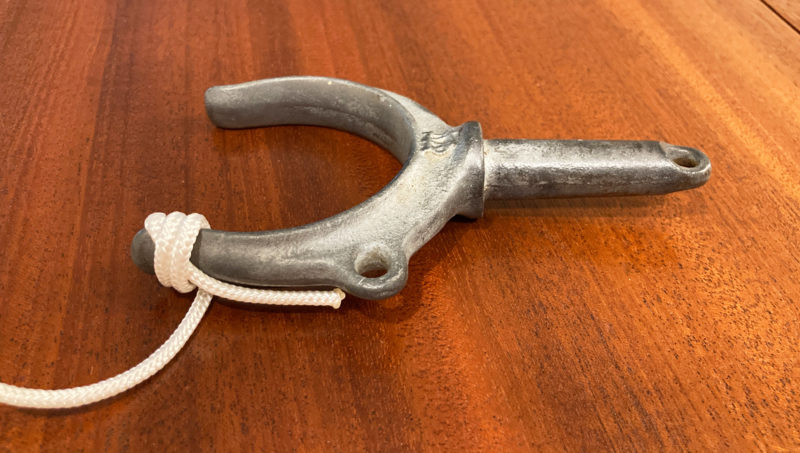 Photographs by the authors
Photographs by the authors
Join The Conversation
We welcome your comments about this article. To include a photo with your remarks, click Choose File below the Comment box.

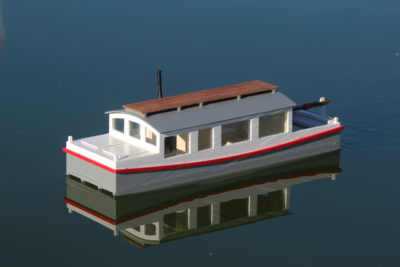


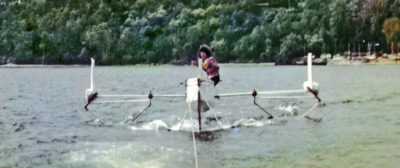

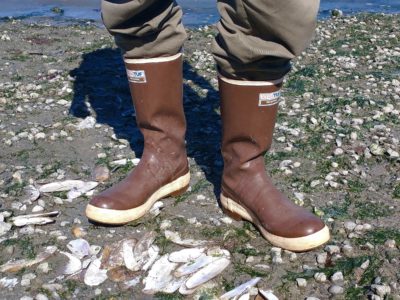
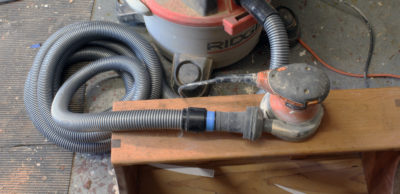

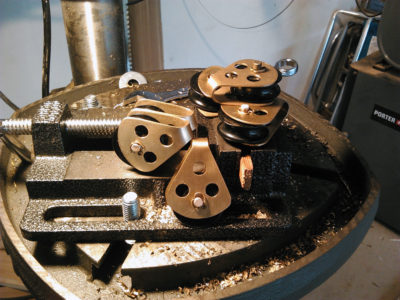
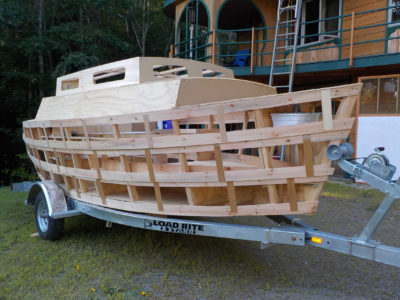
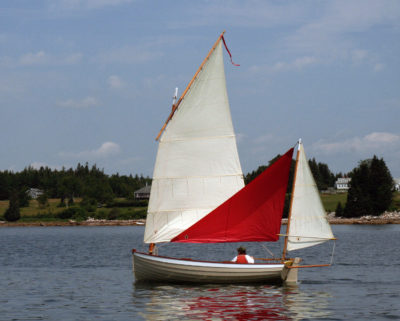
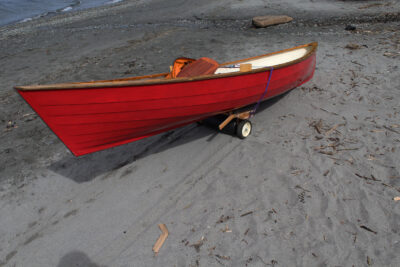
Very interesting, good looking and functional. Would paracord be soft?
Skipper and Cap’n Jack always say “Try it, and take pictures.” Paracord would definitely be soft, and it can be found in a lot of chandleries aka the craft sections in Walmart.
What a great idea! I’m going to try it, using ringbolt hitches to add a little sailorly flair and take up some of the gaps on the outside of the oarlock.
I might be wrong, but I don’t think paracord would work too well. It might wear and fray too easily, and it I don’t think it would take up the sealer well enough to add any toughness.
Paracord might be a little soft. I’ve done my sculling oarlock in 1/8″ nylon I think, cheap hardware store stuff. Be interested to see how the cord feels on the feather.
And a real advantage practiced by navies the world over in the days before motors: your oars are muffled, ready to sneak up or smuggle at night.
…more pirate secrets let out of the ditty bag…
Wonder if soaking the wrap in shellac would work? That way you can easily repair or remove the finish. I tie Turk’s head knots for buttons on my oar leathers and finish them with shellac.
Shellac, varnish…it would be a little messy but a proper wipe down of the oar lock itself after wrapping would take care of that. Cap’n Jack was always working glue into his marlinspike art.
The oarlock can be suspended by a line while the coating dries.
A related option is to sew leather on the oar locks. I acquired my Caledonia Yawl with the oar locks already leathered and have been surprised that it (and cord-wrapped) isn’t employed more often. Having laced leather on oars previously, it seems just as effective to lace the oarlocks and a bit easier. Thanks for sharing!